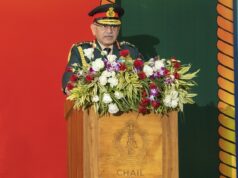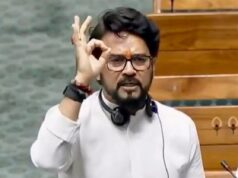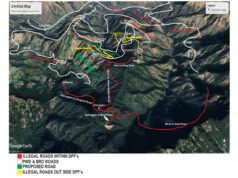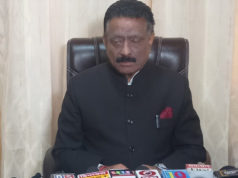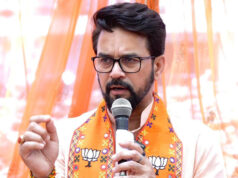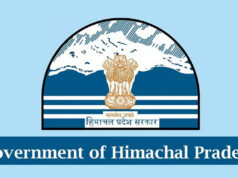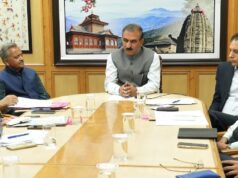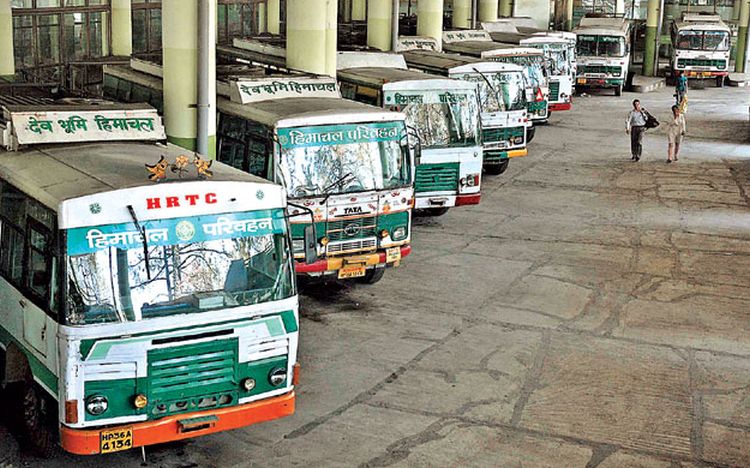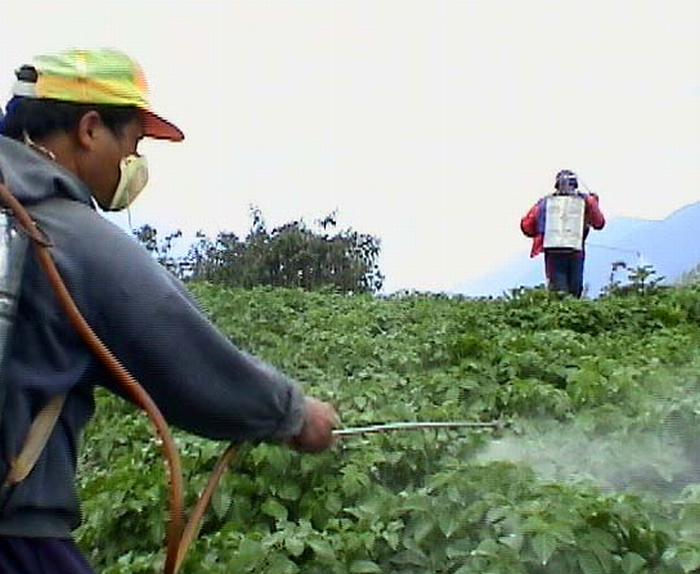(Major General (retd). Atul Kaushik) Over the past 19 days, the ongoing conflict between India and Pakistan has unfolded in a manner that has left many grappling with a whirlwind of emotions. My observations reveal a complex tapestry of human sentiment, media influence, and the pervasive role of social dynamics.
The initial terrorist strike ignited a torrent of feelings: anger, disbelief, and profound sorrow. Many individuals find themselves caught in a cycle of revenge and pain, leading to confusion and apathy. The violence has not only affected those directly involved but has also reverberated through communities, fostering an atmosphere of hostility and fear. The emotional toll is heavy, with communities grappling with sorrow and terror as casualties mount, leaving behind a trail of destruction and loss.
Media’s Role; Social Media Dynamics and Citizen Reactions
The media has played a critical role in shaping public perception, yet much of it has been irresponsible and provocative. Reports often lack thorough investigation, leaning towards sensationalism that stirs emotions rather than informs. The portrayal of events has been biased, with narratives that seem to seek revenge rather than understanding. This has resulted in a public discourse that is abrasive and divisive, complicating the already tense situation.
Social media platforms have become battlegrounds of their own, characterised by hostility and abusive language. Misinformation spreads like wildfire, creating an environment where truth is obscured by deception and lies. The psychological impact of this digital warfare cannot be understated, as individuals grapple with conflicting narratives and a barrage of fake news. Amidst the chaos, mobile phones serve as a double-edged sword, allowing individuals to capture moments of both beauty and despair. People compete to share their experiences online, seeking recognition and validation in a world where viral content can overshadow the gravity of real-life events.
Citizens find themselves in a state of shock and hurt, seeking to understand the motives behind the conflict. Many express a desire for accountability, looking for culprits to blame. The atmosphere is charged with patriotic fervor, yet it often devolves into vocal aggression. While people actively search for information, their quest for clarity is hindered by the overwhelming noise of conflicting reports. Many individuals cling to their beliefs, often influenced by personal biases. This leads to a distorted perception of truth, where people accept narratives that align with their views rather than objective facts. The prevailing sentiment is one of division, as individuals become entrenched in their positions.
Cyber Threats: Uncertainty and Ambiguity
The increasing threat of cyberattacks raises concerns about security and hacking vulnerabilities. This digital warfare could escalate tensions and create instability, further complicating the already fraught relationship between the two nations.
The situation is marked by looming ambiguity regarding future developments. Questions arise about the duration of the conflict and its potential outcomes, contributing to widespread anxiety and a sense of helplessness among the populace.
The Bigger Picture: Future Outlook
In this chaotic environment, conflict is no longer confined to the battlefield; it has seeped into our daily lives through psychological warfare and propaganda. The conflict is not just a matter of territorial disputes; it is a battle for perception, where the truth is often a casualty. Civil defense exercises, intended to prepare communities for emergencies, often lack the seriousness and coordination necessary for an effective response. Observers note that these drills sometimes feel impractical, as if they are mere formalities rather than genuine preparations for potential crises.
The prevailing sense of darkness and uncertainty leaves many wondering what lies ahead. The unpredictability of the conflict creates a climate of fear and apprehension, making it difficult for individuals to envision a peaceful resolution.
As we navigate these turbulent times, it is crucial to remain vigilant and discerning. The path forward requires a commitment to understanding, empathy, and a collective effort to seek out the truth amidst the chaos. Only then can we hope to heal and move towards a more peaceful coexistence. In this landscape, the juxtaposition of fleeting social media fame and the enduring impact of conflict creates a poignant narrative of resilience and vulnerability, reminding us of the human cost behind the headlines.


